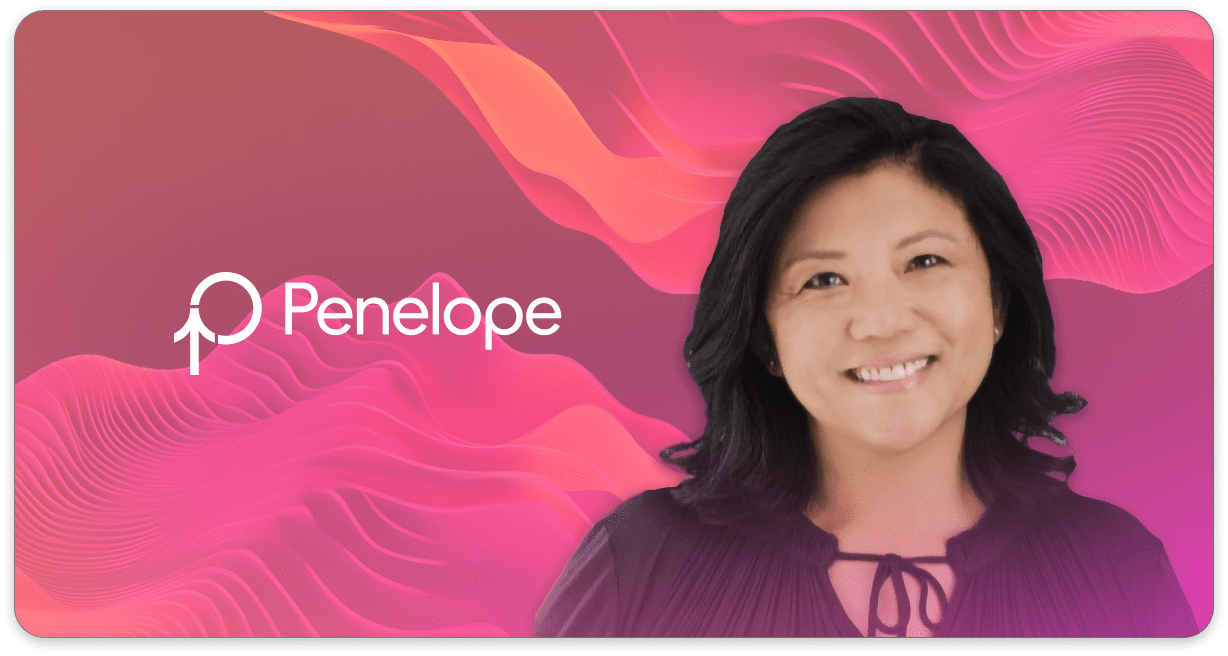
Company Overview
Jean Smart is Founder & CEO at Penelope where they believe building wealth for retirement should be easy and accessible for everyone. They’ve streamlined 401(k) plans to make them simple, affordable, and easy to manage for employers of any size and the benefits administrators that serve them. Learn more at https://penelope.co/.
Can you tell us a little about your background before starting your company?
Before I started the company, I spent 20 years in both wealth management and asset management, focusing on product and sales strategy. I worked a lot in what’s called “workplace solutions and corporate services”, which involves providing retirement plans, stock option plans, and financial wellness programs. That experience was the genesis of doing something similar on the retirement side – not for Fortune 500 companies, but for smaller companies – bringing them institutional-quality solutions and value.
How did you start your company? What were the first steps you took to get it off the ground and how did you identify the need for your product/service in the market?
So I think, like a lot of folks, COVID was probably the time that gave me the impetus. I had been thinking about doing something on my own for a while, but COVID really drove it home. And I think for everyone, COVID was about whoever you spent time with during that period – that became your tribe. In those hard times, who were you with?
For my husband and me, it was our families. Both of our families are immigrants – I was born in Korea, and his family is from Greece – and we spent a lot of time with them. They had spent decades building their lives here in the U.S. through their small businesses, and that was a big revelatory moment for me.
At the same time, I had friends who were venture-backed, and I thought that could be a good route to pursue. When I was at UBS, my former employer, I was also one of the supporters of Project Runway, which is a program that really supports entrepreneurs. That experience helped kick things off for me. I was able to raise a pre-seed round, and a couple of years later, a seed round – and that’s really what got it started.
I think for me, I’d always had a 401(k) plan – a retirement plan – from the first time I got a job out of college at Goldman. I just saw everybody had that. And for me, the power of compounding – saving a little bit and not worrying about the market going up or down – you’re supposed to set it and forget it. That’s the value of compounding and dollar-cost averaging. It doesn’t matter if the market goes up or down; you just keep saving, and over a long period of time it grows.
For me, that’s how I made my first million. But I had started when I was so young, I just assumed everybody had that option. In doing some research, I realized most people don’t. Two-thirds of Americans are living paycheck to paycheck or haven’t even started saving. And this is one of the simplest things you can do – especially if there’s a safe harbor where the company’s matching. It’s almost like free money you can start investing right away.
So it was a huge motivator to learn that there are actually 34 million businesses in the U.S., but only 700,000 401(k) plans. That means a lot of opportunity. And about 95% of those businesses have fewer than 20 or 30 employees – many are sole proprietors. These are the folks that need the education and support. That alone was enough incentive and motivation for me.
What innovations or unique features set your company apart from others in the industry?
I think part of it is luck, and part of it is hard work. One of the things we did right was following the tailwinds of some major regulations that came into play – SECURE, SECURE 2.0, and now on the docket for discussion, SECURE 3.0. These are wholesale regulatory changes designed to give small businesses more tax credits than they’ve ever had to implement retirement plans. It’s very similar to the Affordable Care Act years ago, when small businesses were encouraged to provide healthcare.
There’s this tidal wave of regulation happening. And I think the government is pushing it because Social Security is running out. If you go to the Department of Labor website, you’ll see that in about 10 years, it’s projected to run out. So there’s a big push to act now.
We also started the company at a time when we didn’t just have to be cloud-native – we could embed AI. Recently, we’ve been able to incorporate it into our back end, our coding, and embed it directly into our infrastructure. What that means for the software we’re building is better unit economics and stronger deployment. We don’t have technical debt or legacy systems. We’re not 50, 30, 20, or even 10 years old – we’re early-stage enough to leverage all these new tools to bring costs down.
That allows more users, more advisors, more consultants, and more specialists to access the platform and use it to serve more people.
What has been the most effective strategy for scaling your business?
Embedding software and speaking versus going direct – because small business is the heartbeat of America, and it’s the space you want to be in. But it’s very challenging to target directly in a cost-effective way. The ability to license and embed our platform within existing distribution channels – whether through TPAs or advisors who are already servicing them – helps reduce costs and drive scale and efficiencies. That has been a big pivot and an “aha” moment for us.
Looking ahead, what are your goals for the future of your company?
To help as many people as possible. And we’re going to do it by helping existing retirement specialists, consultants, advisors, and administrators. They’re already doing the hard work and heavy lifting. We just want to make it easier for them so they can actually serve more clients.





